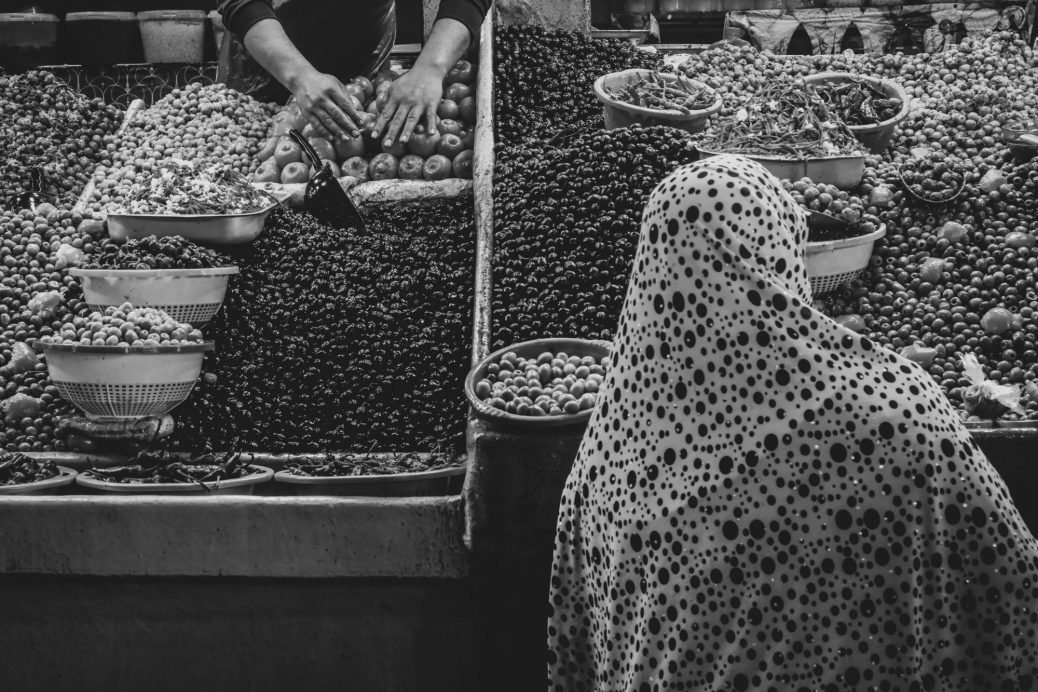Fourth Exibart Street Contest, Discover the Finalists: Parvathi Kumar
Dear Parvathi,
First of all, congratulations! You are one of the ten finalists in our fourth Street Photography Competition in the Best Single Photo category, and we are very happy to have this interview with you. Can you tell us something about yourself and the finalist photo? What was the main source of inspiration for this photo? What did you hope to communicate through this image?
Firstly, I’m truly thankful to the 2024 Exibart jury for selecting my image as a Singles Finalist! It’s an honor!
I’ve been doing photography for a long time (35+ years), so it’s been a lifelong passion! While I didn’t start off strictly doing street photography (and I wasn’t aware that this genre had that name until a few years ago), it was something I gravitated to doing naturally: I have simply always loved wandering and observing in new, unknown areas and capturing interesting moments. So after further study and focus on street photography, it has become my favorite genre.
Regarding the finalist photo, as I mentioned above, there is nothing I love more than to roam in new areas. I visited Morocco for the first time in February 2024, and when I randomly wandered into the olive section of the market in the Derb Sultan neighborhood of Casablanca, I froze as I immediately noticed the woman with the oval-dotted headscarf that echoed the shape of the various olives on display in front of her! It was such an uncanny moment that I had to capture it! In terms of inspiration, I’ve admired other images that have had this kind of visual rhyming! I hope the viewers see that, the compositional sub-framing, and the humor as well!
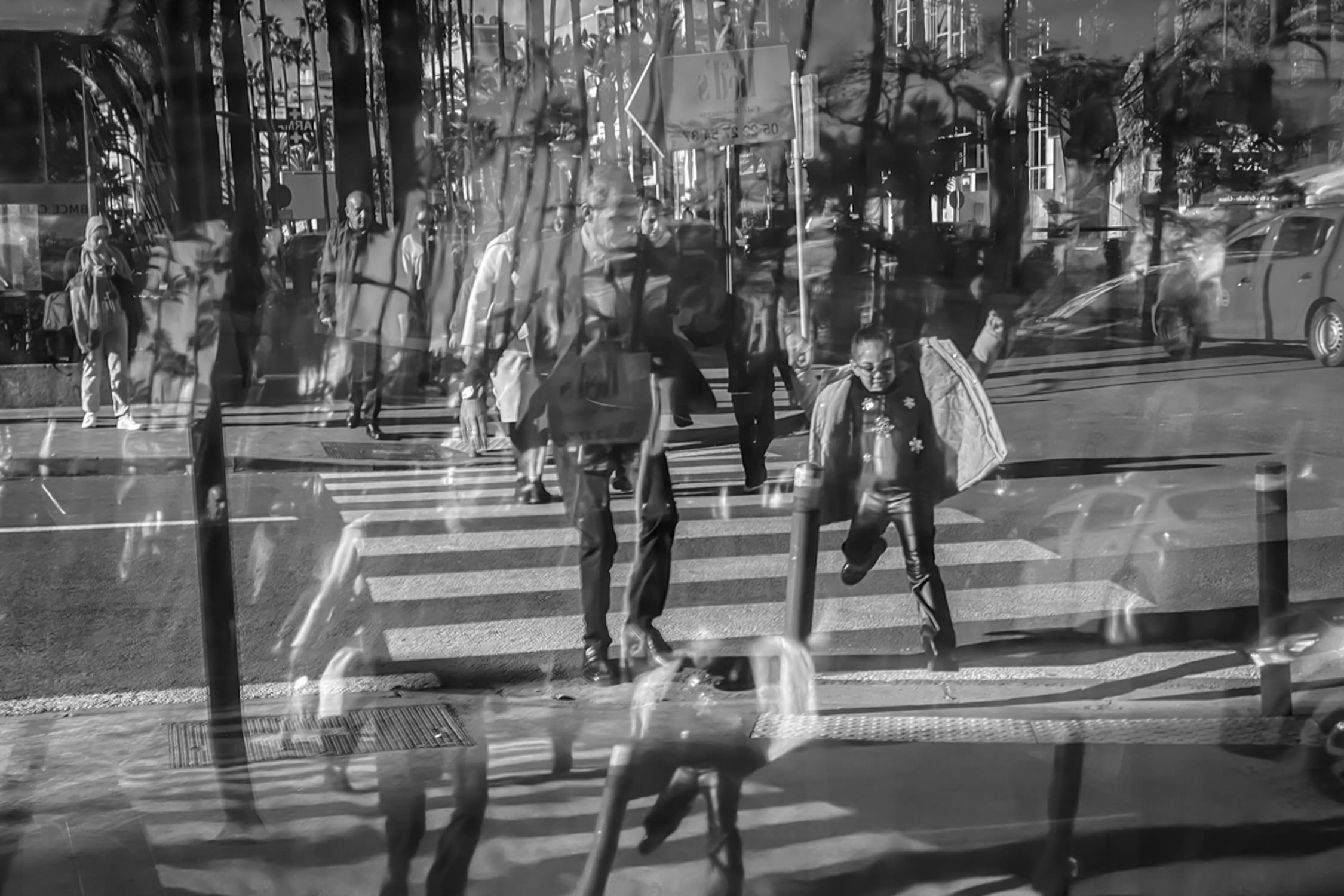
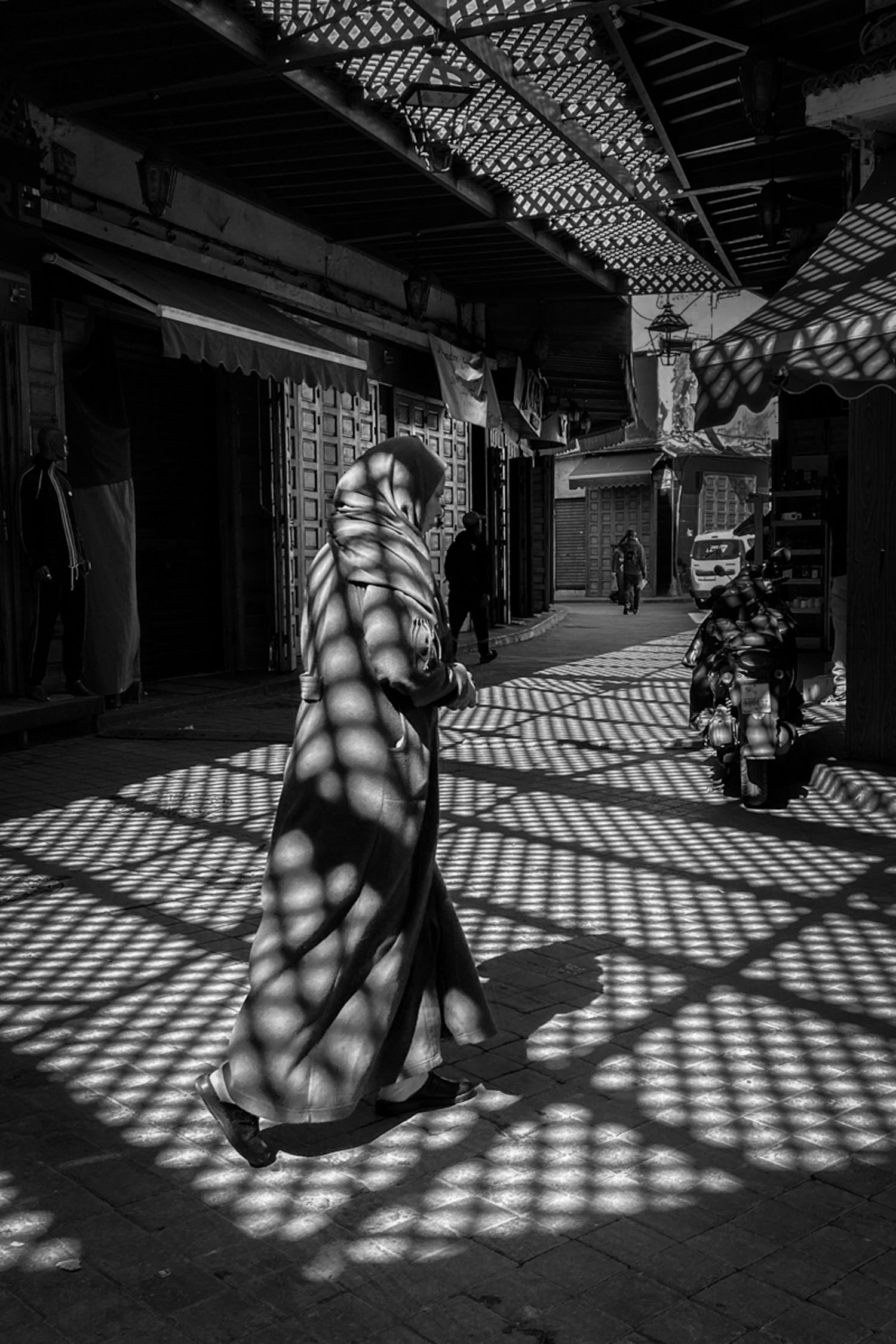
How do you choose the subjects or scenes to photograph?
I may research an event or area before arriving there to have some idea of what I’ll see, but I generally leave the door open to whatever presents itself to me since the beauty of street photography is to expect the unexpected. Depending on where I am and the occasion at hand, in terms of subject, I’ll capture both small details and wide scenes, and in between, to record a complete story and not limit myself to one type of shot.
Is there a theme or thread you follow when creating a new project?
I do have some different themed projects that I’m building up, so when wandering I keep those in mind and capture moments to add to them whenever possible.
Black and white and color. Two different worlds. You decided to go black and white. Why? Do you ever shoot in color?
I love both color and black & white imagery. I always shoot in color first and later convert to black & white if it calls to me to do so. For this particular image, I absolutely wanted it in black & white so that the viewer’s focus is on the details, shapes, and sections of the image.
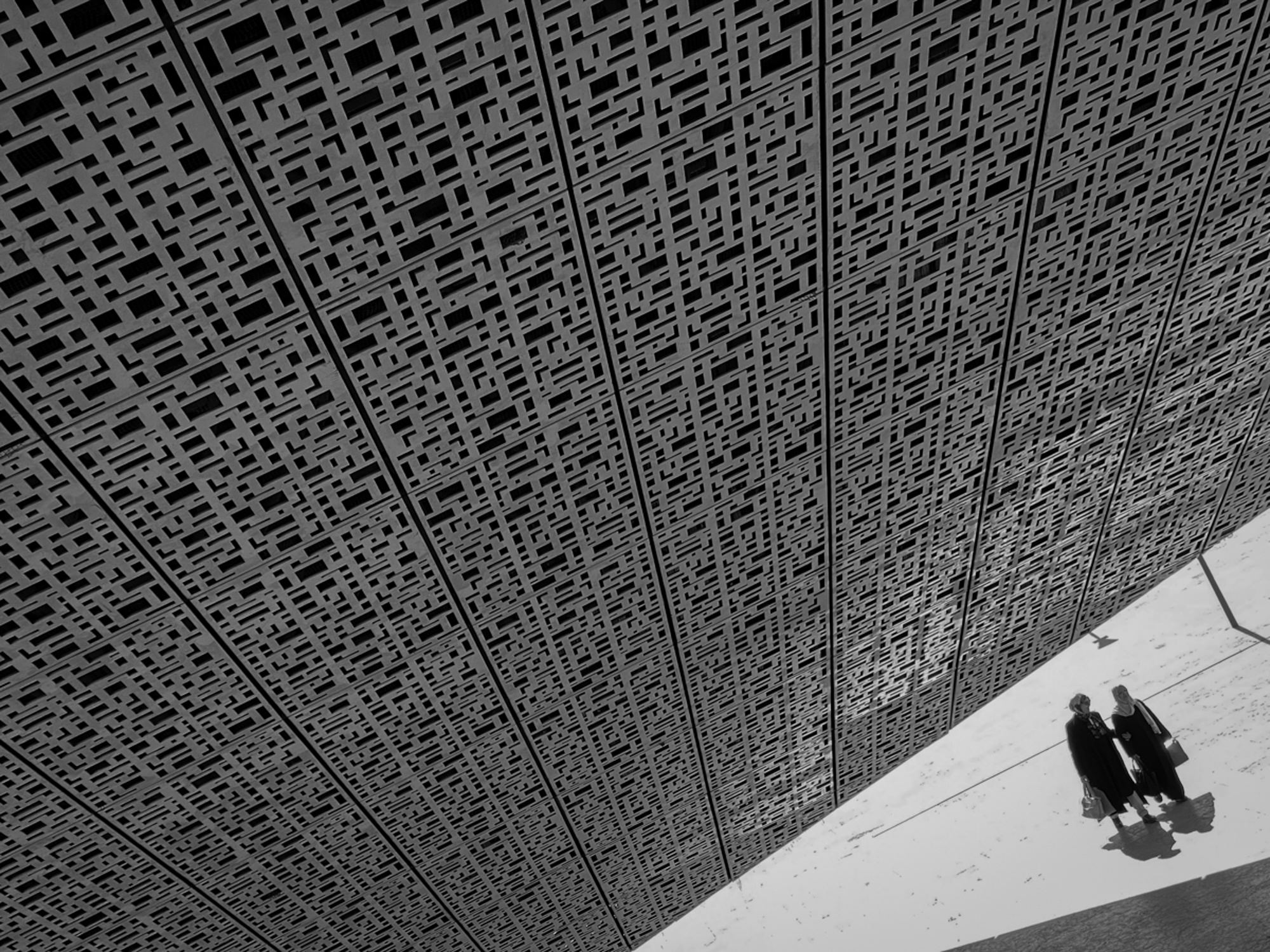
Many of your images capture everyday details that often go unnoticed. How do you decide which details to include and which to leave out?
Ironically, as is the case for many photographers, there are usually details I don’t notice until I see the image on a larger computer monitor and especially when printed. I’ll include or omit details based on what I want the image to make viewers wonder about, or presume, or for visual effect.
Can you describe some of the photographic techniques you use to capture the atmosphere and moment in your photographs?
I pay attention to the light conditions at hand, placing myself as needed to work with the available light and adjust exposure settings according to how I’d like to compose and capture the subject. I consider framing, edges, negative space, patterns, color, shadows, etc., to see how I can creatively capture the atmosphere and moments I perceive.
“To me, street photography artistically documents the current state, so I feel it falls somewhere in between documentary and fine art.”
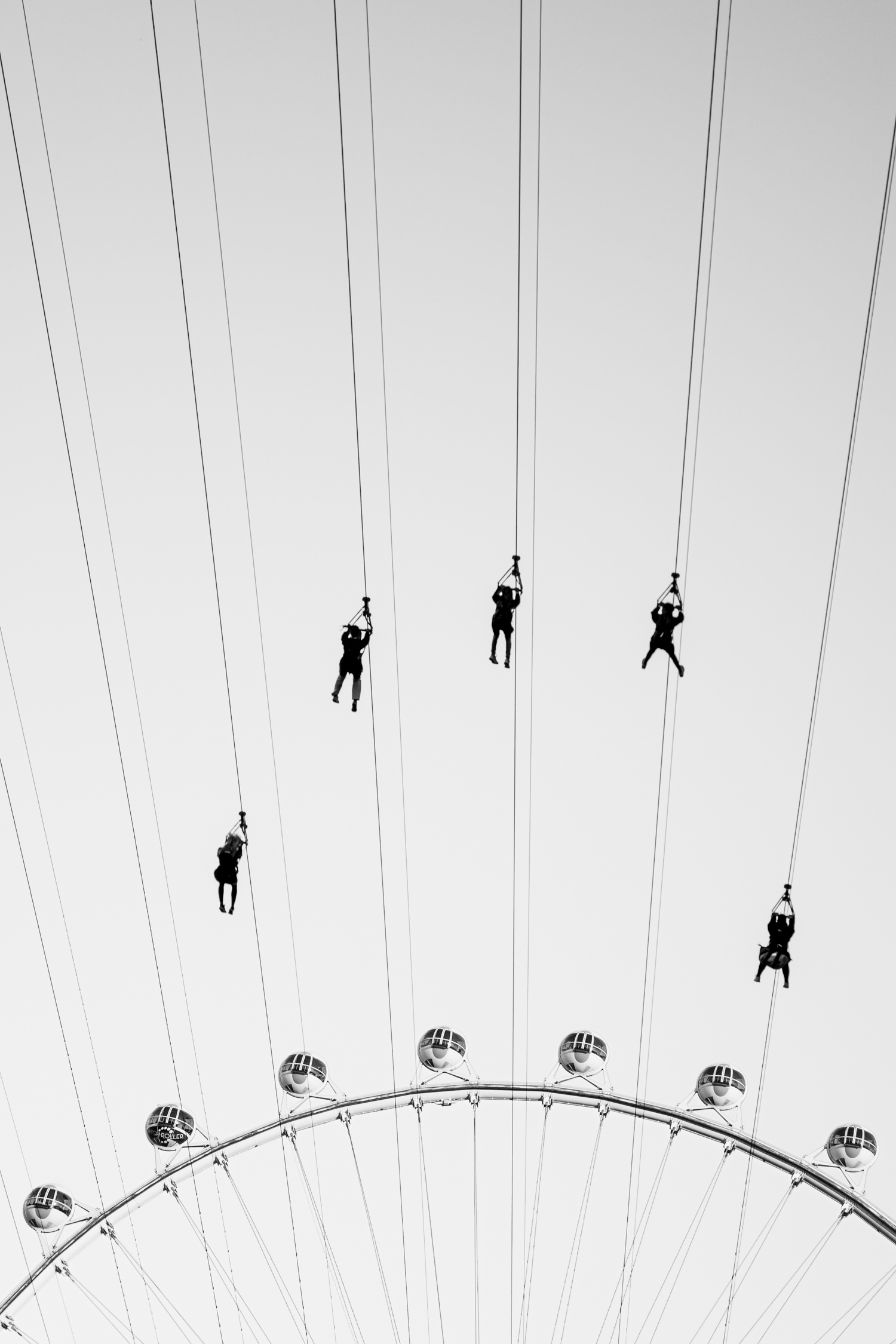
How would you define your photographic style?
I feel my own style is a work in progress. I cannot yet define it exactly. We all certainly evolve as photographers as we study, practice, observe the work of other masters and our own contemporary colleagues, and shift our own interests in both genre, subject matter, and how we use the camera.
Have you ever studied at a photography school or are you a self-taught artist?
I have never studied at a photography school! I actually did my formal academics in Electrical Engineering and Computer Science! I was taught photography fundamentals by my mother on a fully manual film camera (Minolta x700) when I was a teen, which I used for about 15 years before switching to digital. I learned black & white darkroom work in high school which greatly helped me understand the medium. However, over the last 35 years, I’ve been largely self-taught, experimenting and practicing with different cameras and styles of photography. I continue to learn from books, websites, online courses, wonderful friends and mentors, and workshops. I am always open to learning!
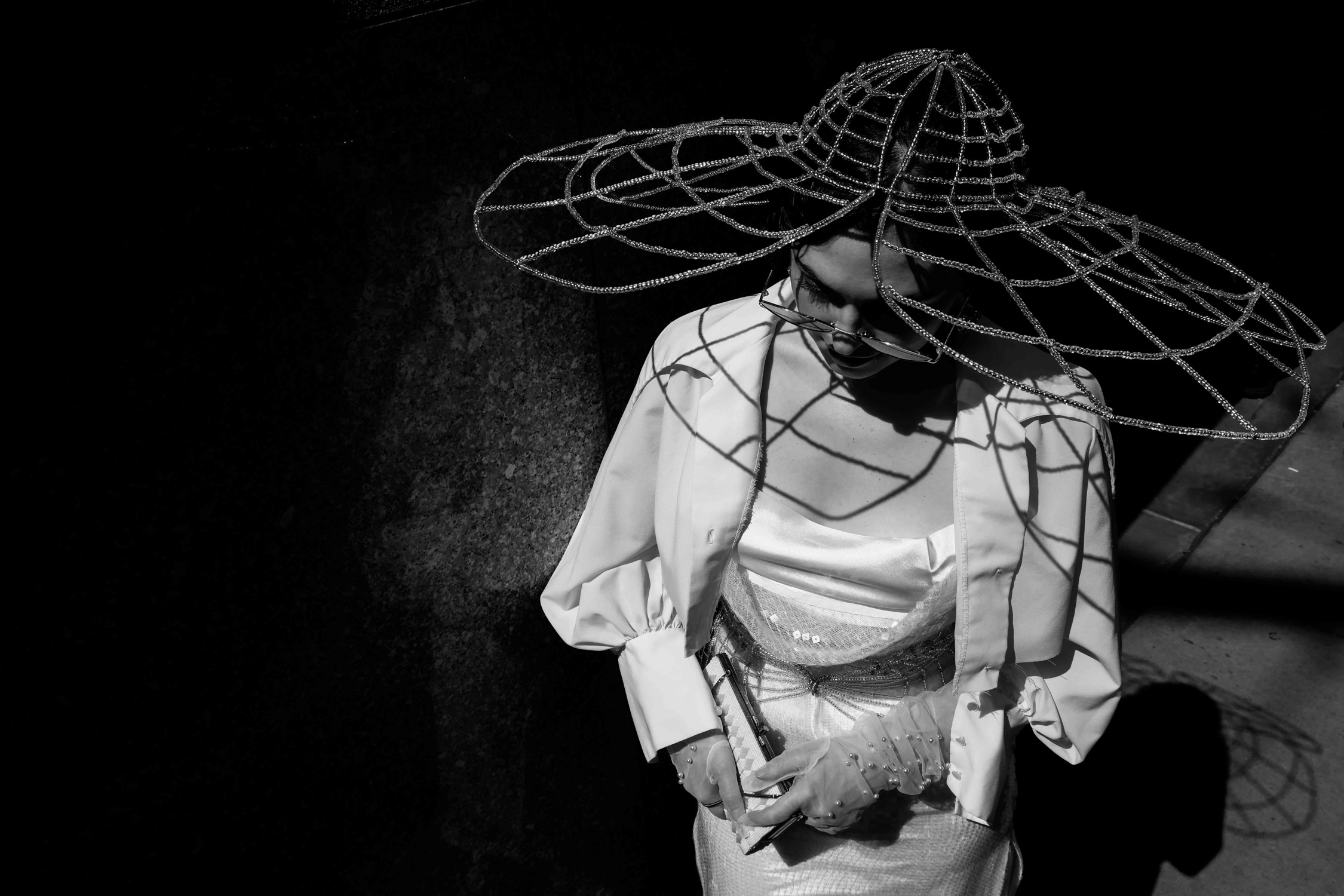
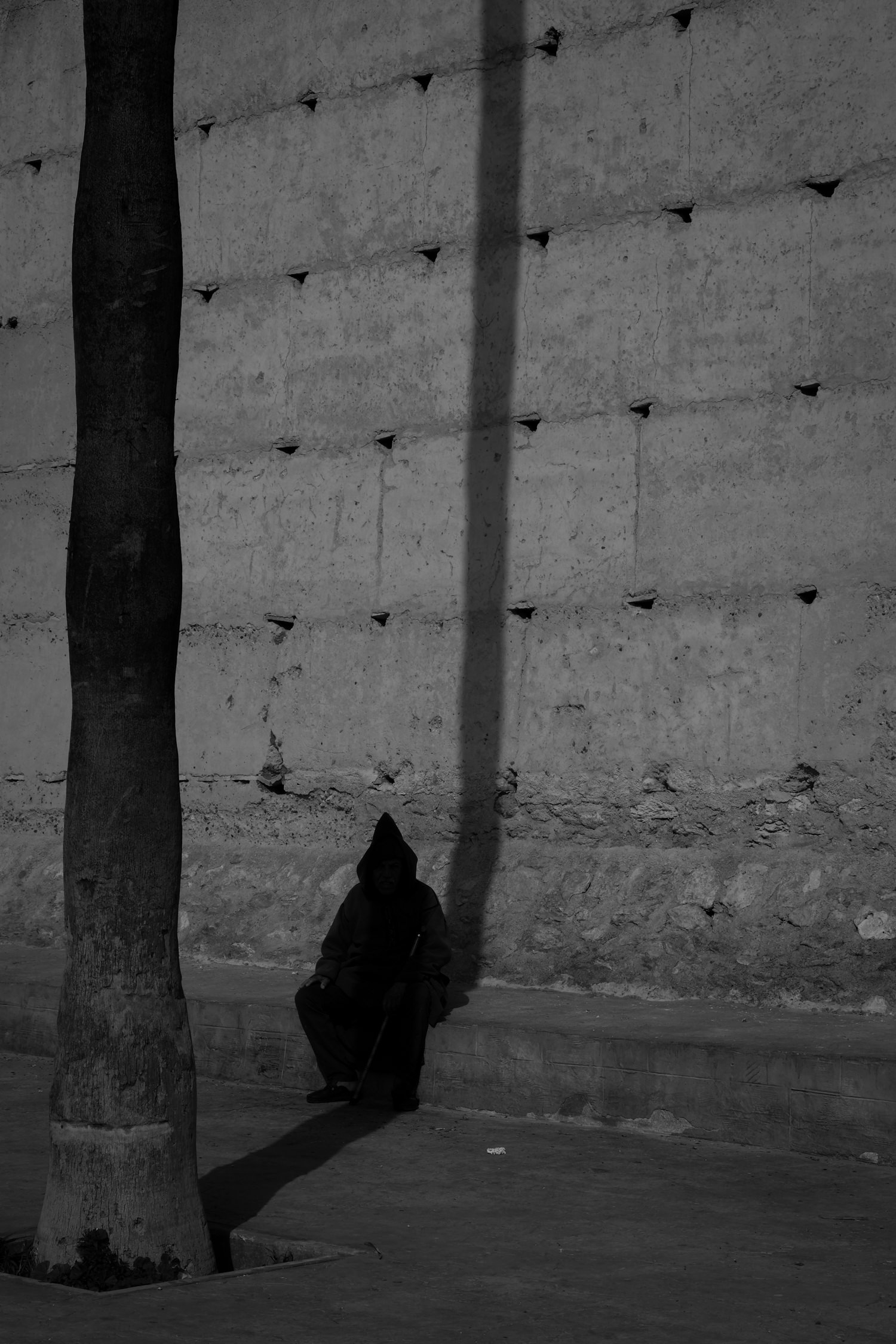
Who are the Masters of Photography who inspired you most in your photographic works?
There are so many artists I admire, past and present! Dimpy Bhalotia, Debrani Das, Graciela Magnoni, Maggie Steber, Steve McCurry, Alan Schaller, Elliott Erwitt, Joel Meyerowitz, Jonathan Jasberg, Vineet Vohra, Gulnara Samoilova, Margarita Mavromichalis, and so many more!
Do you ever do Street Photography with your smartphone?
Absolutely! I have it with me whenever I’m out and about. I normally use my Fujifilm XT5, but the iPhone is a backup and an advantage in many cases. Several of my exhibited and awarded images were taken with the iPhone.
Analog and digital photography: do you see these as alternatives to one another or the same thing?
These are not the same thing. There are advantages to both, and while I now shoot only digitally, I’m grateful for the first ~15 years I shot with a manual film camera because it teaches one to think carefully before shooting. I remember the old words of advice, “shoot like it’s the last frame in your roll!” Of course, I take this with a pinch of salt, as I do take some liberties with digital storage to take multiple shots of a moment, but I try not to go overboard. I still take my time to survey a scene, coming up with compositional ideas before working on what my mind’s eye has envisioned. Ultimately, it’s a personal choice to go with analog or digital. I know even young artists today who are strictly analog and produce wonderful work. For now, I am staying digital.
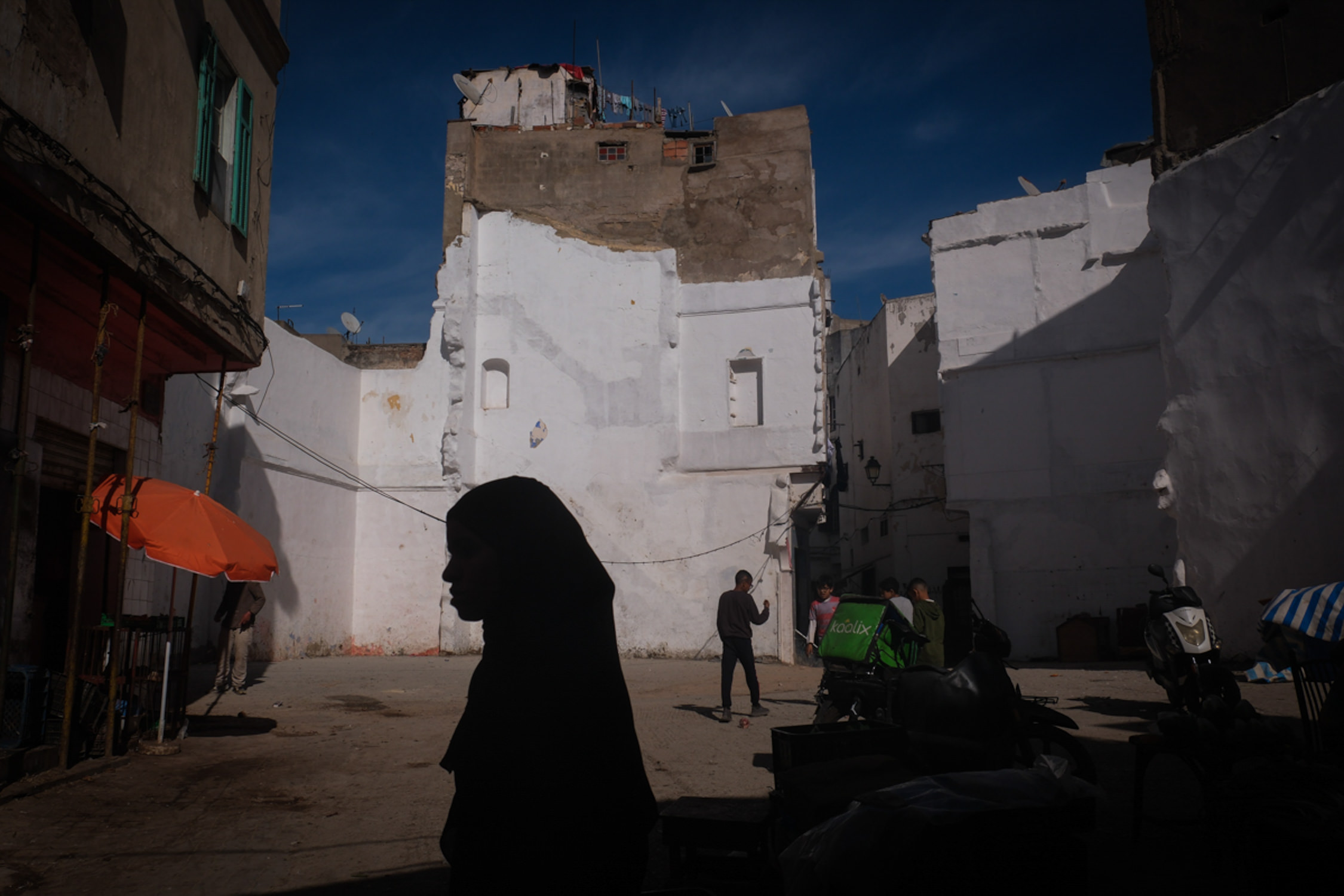
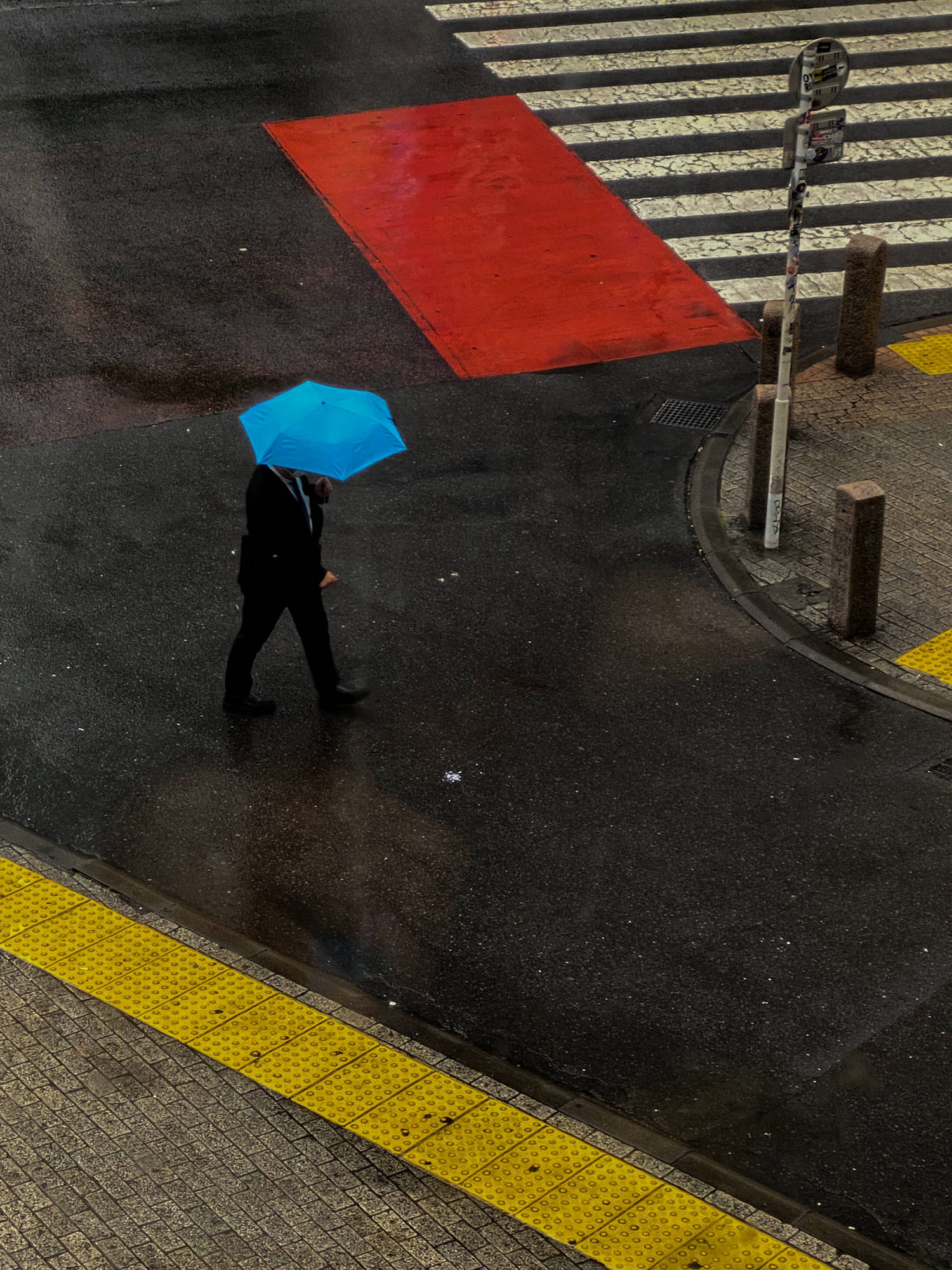
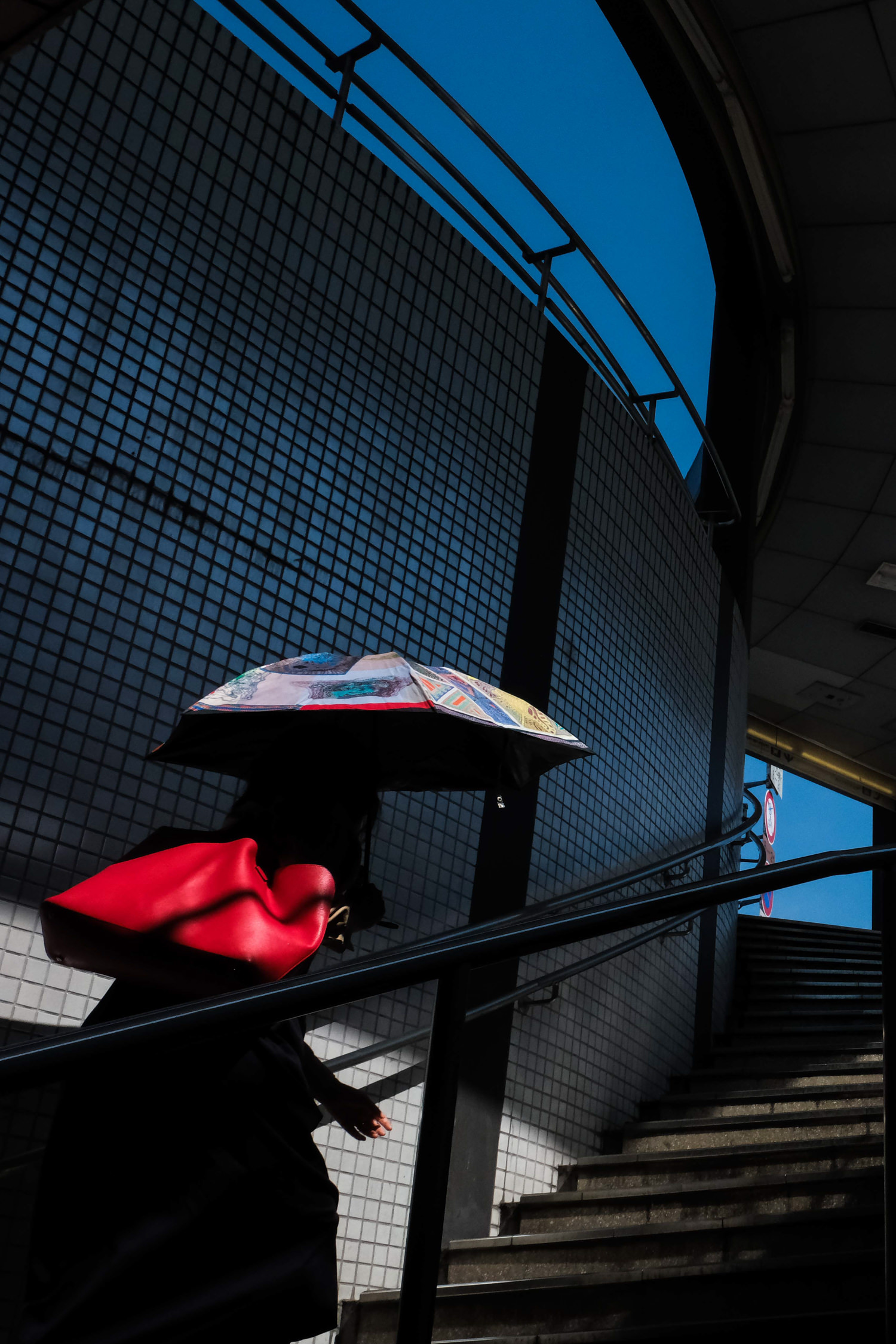
Do you think Street Photography has a more documentary or more artistic value?
It is both. To me, street photography artistically documents the current state, so I feel it falls somewhere in between documentary and fine art.
Do you think there are ethical limits in street photography? Do you think it’s possible to shoot everything and everybody? What is your approach in street photography?
Yes, I think there are limits, especially in certain countries and cultures, and there are safety considerations when it’s not worth the risk. Depending on where I am, I assess how open people might be and respect those who ask me not to include them. I also like to have artful anonymity, and often shoot to make subjects unidentifiable.
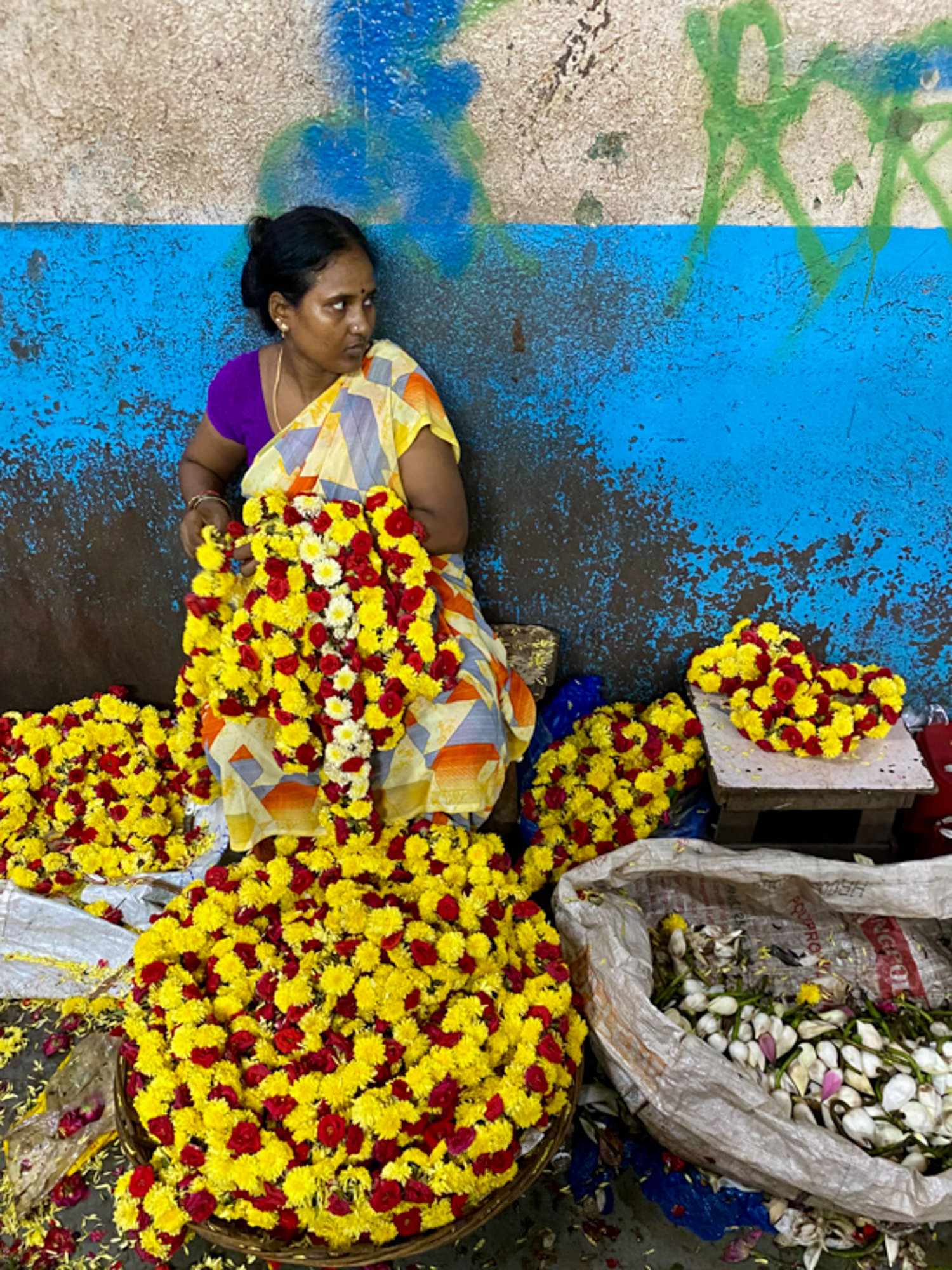
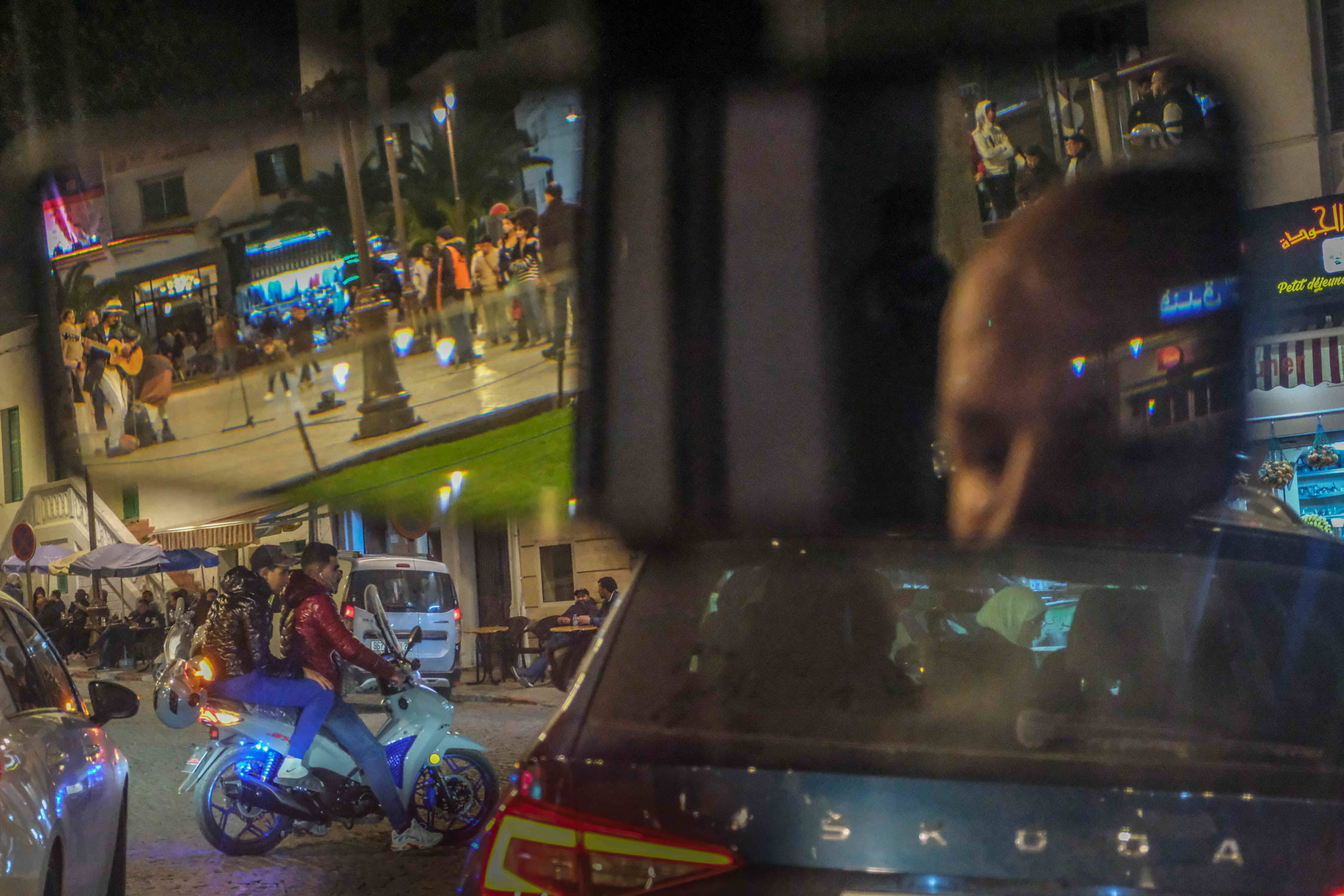
What kind of equipment do you use and what role, in your opinion, does equipment have in street photography?
I currently mainly use the Fujifilm XT5 with a zoom 18-55mm lens. The use of a zoom may be horrifying for some street photographers, but I enjoy it for the flexibility I’ve always needed. I agree that one can move their feet to get closer or further away from a subject, but that isn’t always desired or the case realistically. I understand the advantages of having a prime lens, and I’m not opposed to one day experimenting with one, but for now, I use a zoom.
If you had to choose one lens that you would have to be using for the rest of your life, which one would that be and why?
Based on my previous answer, I would love a high-quality, light zoom lens with a wide range, for the flexibility in obtaining the desired frame when being closer or further from a subject isn’t possible or desired.
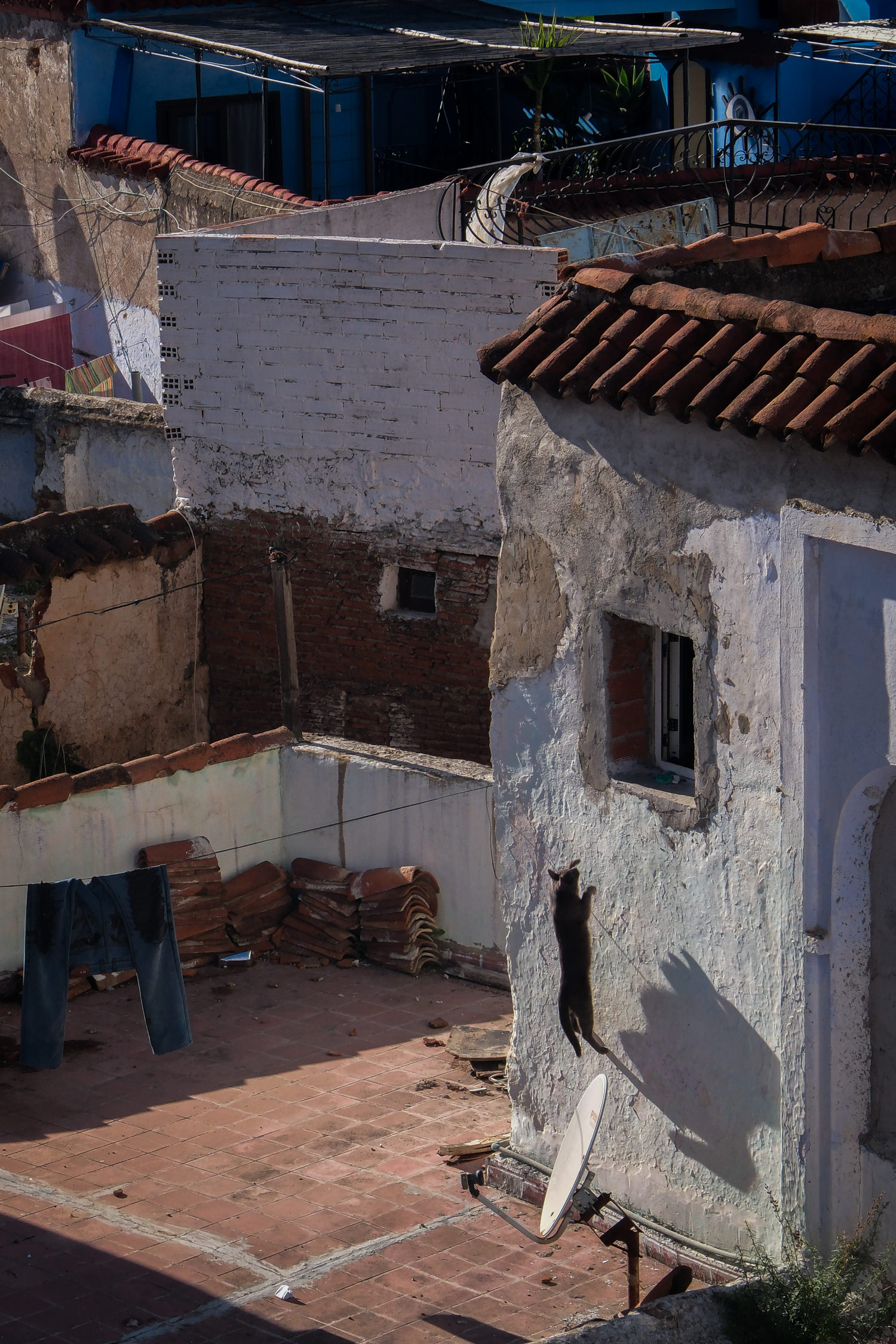
“I may research an event or area before arriving there to have some idea of what I’ll see, but I generally leave the door open to whatever presents itself to me since the beauty of street photography is to expect the unexpected.”
After shooting, what actions do you take in terms of processing and editing?
Using Lightroom most often, I upload images to an external drive. I don’t immediately delete my SD cards, but safely keep them as an additional backup. I organize files by date and may create subfolders depending on the categories of images from a trip or event. I then do a few rounds of rating images until I have a final set of the strongest images. I do minor crops and exposure edits after selecting the top images.
I often go back to images after some time has passed, as I may have missed good images the first time. I believe coming back to older work is good, with not only fresh eyes but more mature eyes; we learn and evolve as we keep working and often are surprised by what our subconscious may have already known earlier!!
Do you have new projects or themes in mind that you would like to explore in the future?
As I continue to create, revisit my archives, get inspiration from works by masters, colleagues, and friends, and take courses, the ideas and themes for projects often come to me to explore.
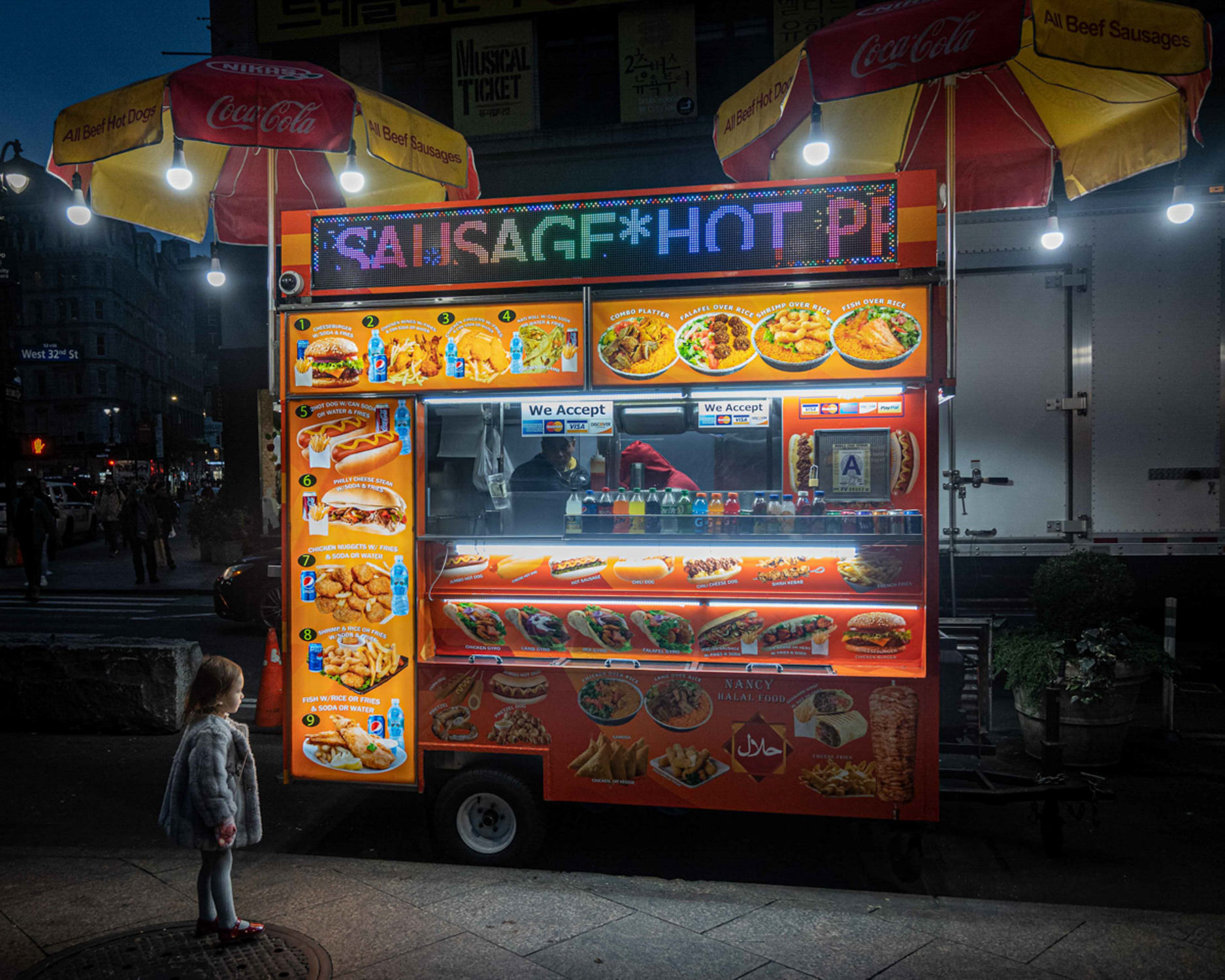
How do you see the evolution of your photographic work?
As I’ve always done street photography, unknowingly initially and with clear intention of late, I hope to improve my skills in this genre while being open to other avenues.
Which are your favorite photography books?
I have various favorite books, from zines to National Geographic books, to compilations such as Best of LensCulture, and the Women Street Photographers set of 100 works by contemporary women artists. Alex Webb’s Suffering of Light and Nina Papiorek’s Akribi are books in my collection I enjoy looking at.
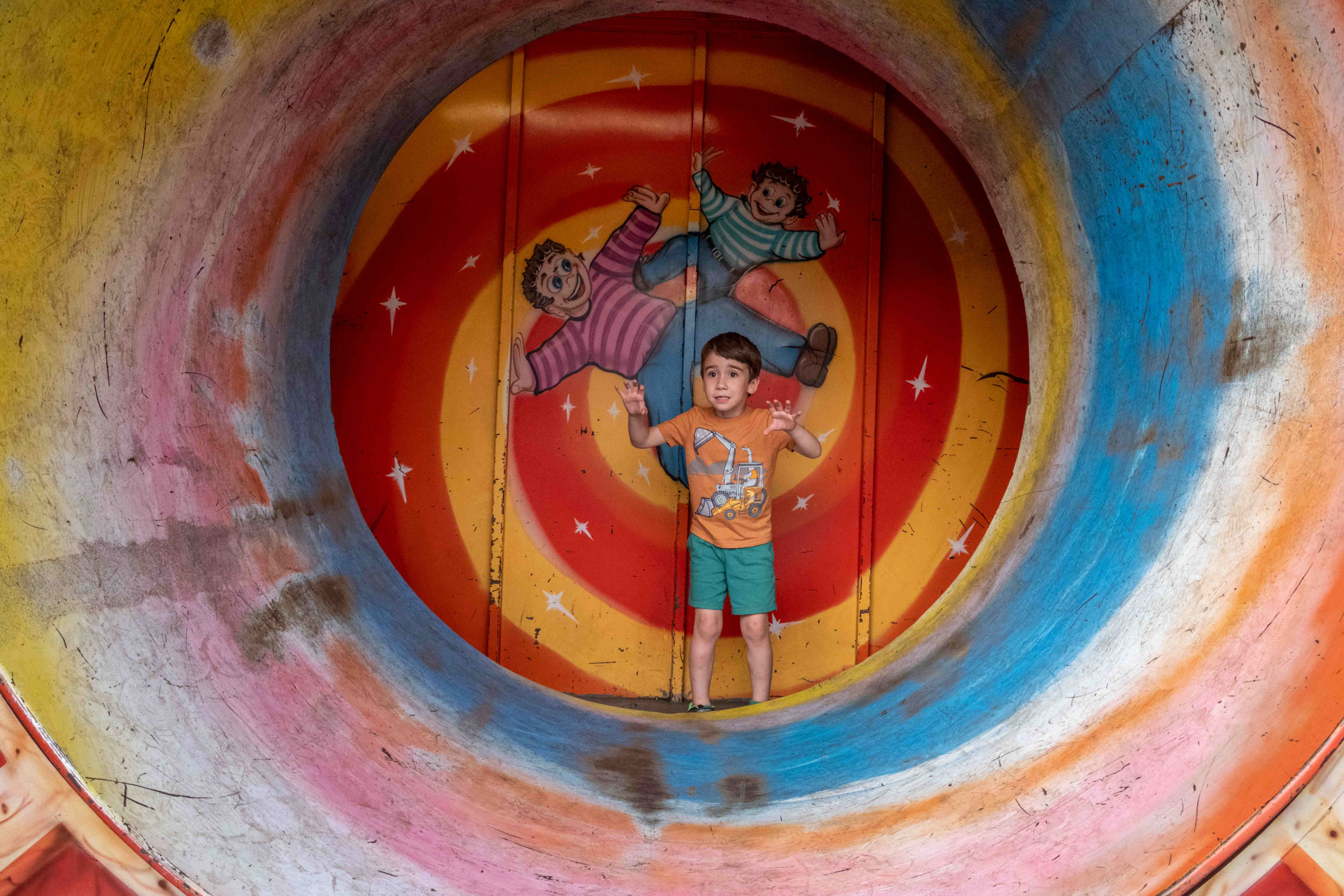
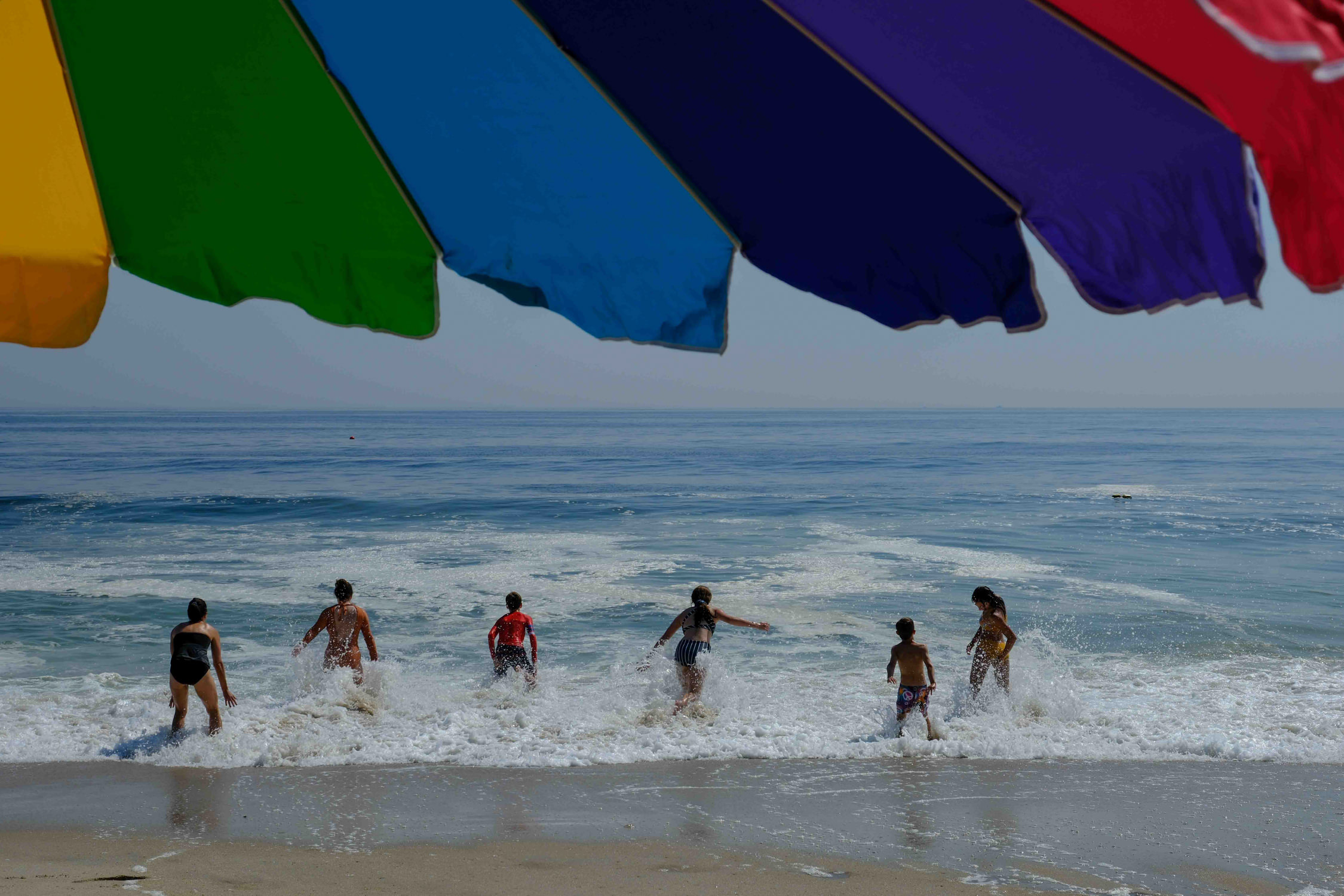
Is there a country or a city that you like to photograph more than others?
India, as my relatives live there so I do visit every now.
Thank you!
PARVATHI BIOGRAPHY
Parvathi Kumar learned manual SLR film photography early on, then was largely self-taught, following her photo passion for over three decades. She exhibits widely in the US and abroad in solo and group shows, and has earned top awards. Her work includes fine art photography, commercial photography, and photo book design for clients worldwide, though her favorite genre is street photography. She is based in Bridgewater, NJ.
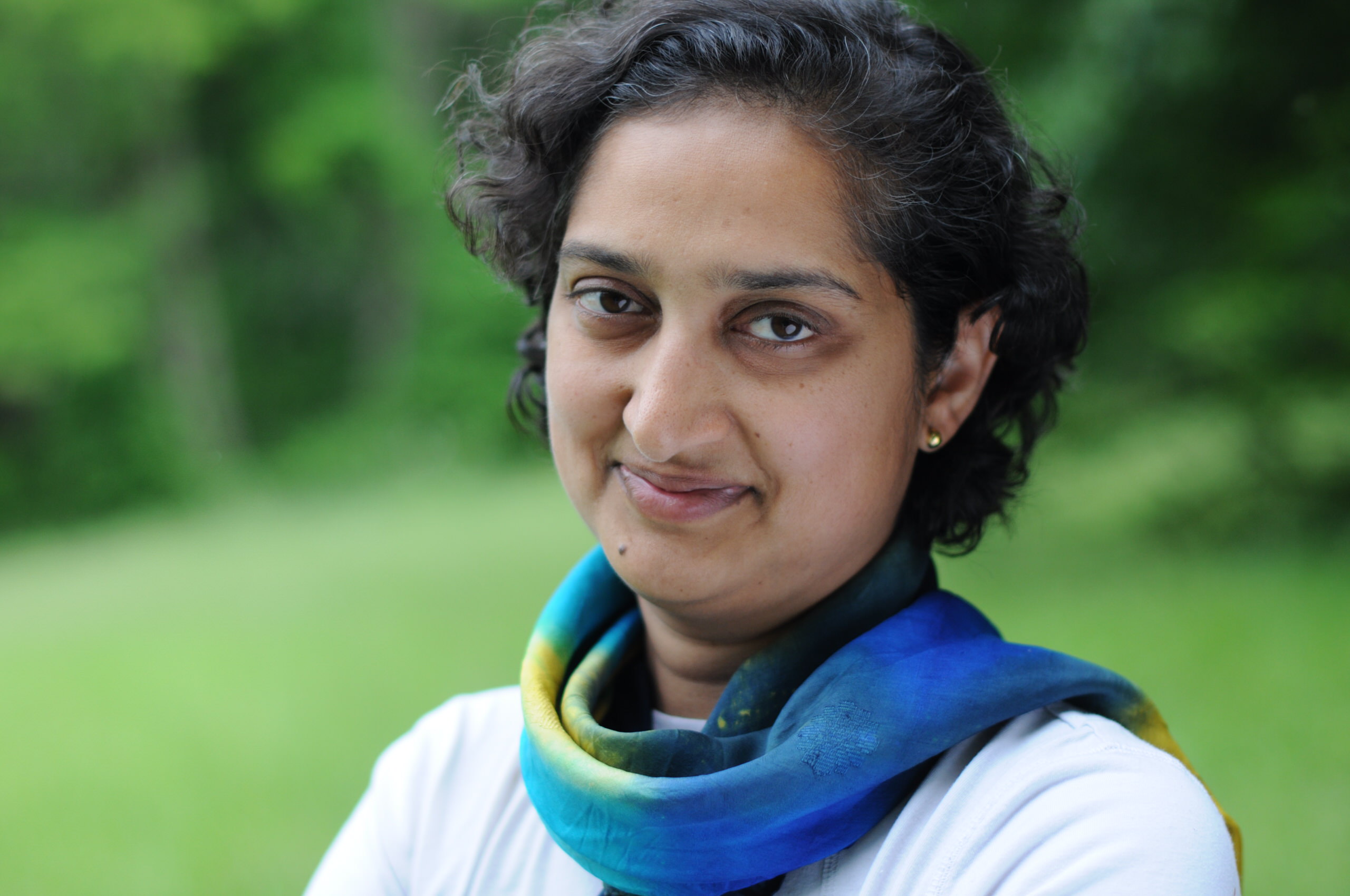
Parvathi Links:
Website: https://www.parvathikumar.com
Instagram: https://www.instagram.com/parvathi_kumar_photography
Facebook: https://www.facebook.com/ParvathiKumarPhotographyLLC

